With careful preparation in all aspects, from personnel to necessary equipment, the News Agency team fought side by side with the main forces, together with our army and people, into the final battle, liberating the South and unifying the country.
The news and photos of the Liberation News Agency reporters not only support and share the fire on the battlefield, convey spiritual strength to every Vietnamese person, but are also invaluable historical evidence, living forever with time..., just like the 16 golden words that the Central Office of the South praised the Liberation News Agency for "Diligence, courage, self-reliance, overcoming difficulties, completing tasks" in 1968.
Always stay close to every battlefield
In 1969, the Liberation News Agency had nearly 200 reporters and telegraph operators operating in war zone R (Tay Ninh) and neighboring provinces in the Saigon area or bordering Cambodia such as Binh Phuoc, Long An , Tay Ninh, Dong Thap, An Giang...
According to journalist Ha Huy Hiep, former Head of the Vietnam News Agency (VNA) Resident Office in Ho Chi Minh City, the activities of reporters and telegraphers during this period were often linked with liberation armies to promptly provide information, propaganda, encouragement; introduce typical examples and activities of compatriots for the liberation army in the struggle for national liberation.
The number of reporters, editors, technicians... of the Liberation News Agency often fluctuated strongly due to many people's sacrifices and then being reinforced.
The initial force was mainly local cadres of units under the Southern Regional Party Committee and later of the Central Office for Southern Vietnam. From 1965 onwards, the Liberation News Agency's human resources increased rapidly in both information and technical aspects thanks to recruitment sources from the Propaganda Departments of regions, provinces and cities, on-site training and fostering, and especially the reinforcements from the Vietnam News Agency from Hanoi in 1965, 1966 and 1973.
Since its inception with only a few 15W transmitters, the Liberation News Agency has constantly strived to overcome difficulties, improve on-site technical means and receive new technical means that have been strengthened and supported from many different sources. Thanks to that, the Liberation News Agency quickly became the press agency with the best technical means and the highest level of confidentiality among the revolutionary press information block in the South at that time.
In 1965, the Liberation News Agency took full control of photographic techniques in the resistance zone. In 1966, the telephone signal system for transmitting and receiving news and press photos served well the information work in the entire South as well as receiving and transmitting to Hanoi.
In particular, in 1973, the Liberation News Agency received three sets of the most modern teletype and telephoto equipment at that time, produced exclusively by the German Democratic Republic, as gifts to the Liberation News Agency, along with training a team of engineers and technical staff specializing in electromechanics to proficiently use these devices.
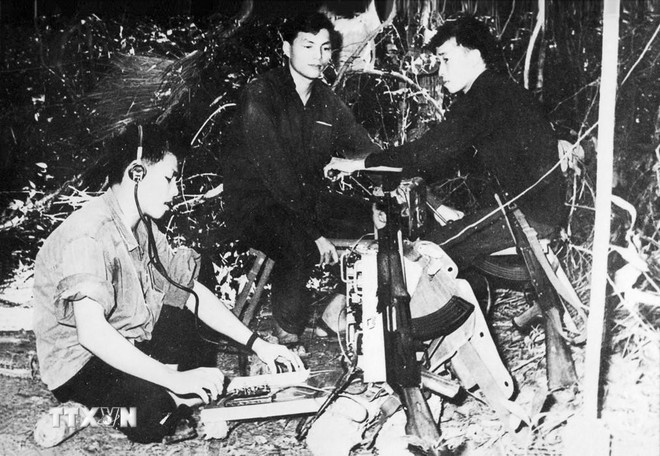
There is no battlefield, no direction of advance, no combat area where reporters of the Liberation News Agency are absent. It can be said that wherever there is a battle, reporters of the Liberation News Agency are present. News and photos of the Liberation News Agency are hot and current, promptly informing the achievements of our army and people.
Contributing significantly to that "heat" is the very important but silent contribution of technicians and telegraph operators - the "bridges" that bring news from the battlefield to the rear.
In the fierce war conditions, the enemy was pressing closer, in some places we had to stick with the people, had to increase production, perform information tasks, and fight against enemy sweeps into the base, many technicians and telegraphers, along with reporters of the Liberation News Agency, were present in the battles against sweeps, the battles to destroy enemy posts, destroy shacks, destroy strategic hamlets such as the Ap Bac front (present-day Dong Thap province); the Binh Gia and Phuoc Tuy victories (December 1964)..., in the Can Dam, Can Le, and Road 13 campaigns...
The first dry season campaign 1965-1966; the Attleboro, Gasdon, Cedar Falls campaigns... in the second dry season campaign 1966-1967. After each battle and photo shoot, the Liberation News Agency reporter had to go down to the A-shaped bunker, crawl under the mosquito net to develop the film, print the photos to avoid mosquitoes sticking to the film and ruining the photos...
The image of reporters, technicians, and telegraph operators of the Liberation News Agency working in the rain of bombs and bullets on the battlefield to get hot news, and the photo still smelling of gunpowder, is no longer strange to many people participating in the battles as well as domestic and foreign news agencies.
Join the song of victory celebration
Joining the information flow during the days of the Ho Chi Minh Campaign to liberate Saigon and the South, the technical staff and telegraph operators of the Liberation News Agency diligently maintained the radio waves before, during and after the liberation. Preparing for the historic Ho Chi Minh Campaign in April 1975, the Liberation News Agency continued to launch two large multi-pronged troops, following the troops advancing to liberate Saigon and the southern provinces.
Many teams of reporters and telegraphers were hastily formed, urgently following the combat units to the battlefield, together with the troops deploying attacks on Saigon. Talking about this special mission, journalist Nguyen Thanh Ben recalled: Hearing the four words "Liberate Saigon", our hearts were filled with suffocating emotions - "the dream of decades has come true - joy and pride burst forth."
At the most crucial moment, the Liberation News Agency's crews quickly published daily and hourly news, articles, and snapshots and transferred them to the R war zone to be delivered to the General Office in Hanoi.
To provide the fastest information about the resounding victory of our army and people in the historic Ho Chi Minh Campaign, liberating Saigon, the Liberation News Agency team continuously updated the campaign situation. News and photos taken by reporters were transferred to the base and the General Office in Hanoi by technicians and telegraph operators working with a spirit of "lightning speed".
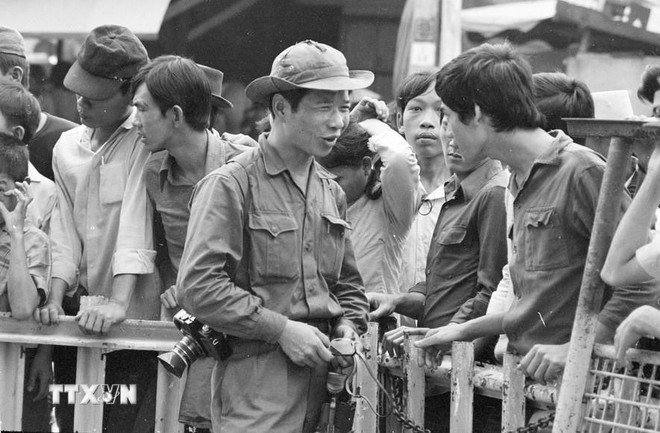
On April 30, 1975, the Liberation News Agency Team promptly sent the first article to the Liberation News Agency General Office in R. General Director Dao Tung directly approved the article "Saigon after a few hours of liberation."
Journalist Thanh Ben recounted: “I had just finished writing a page, torn out the notebook and handed it to the telegraph office without checking it again. Comrades Thiem and Chuc turned around and took turns spinning the ragono. Sweat dripped down the ragono, making a sizzling sound. Comrades Tiep and Men fought over the telegram. The beep-te-tee sound was as crisp as a song celebrating a great victory.”
On the information front at that time, technical staff and telegraph operators were always the silent people behind the news. They were responsible for collecting and transmitting timely and accurate information in conditions of deprivation, hardship and danger, contributing significantly to the completion of the mission of the Liberation News Agency along with news and photo reporters.
In the hustle and bustle of the early days of liberation, the technical staff quickly installed machinery and equipment so that a short time later, the news from the Liberation News Agency could continue to be transmitted by teletype in Saigon to the Vietnam News Agency in Hanoi.
The close coordination between Vietnam News Agency and Liberation News Agency in reporting daily victories, exposing the enemy's plots, crimes and stubbornness, has contributed to strongly encouraging the people of the whole country and peace-loving people around the world.
On May 24, 1976, in response to the new situation and requirements of the revolution, Vietnam News Agency and Liberation News Agency officially merged and nearly a year later (May 12, 1977) were renamed Vietnam News Agency, marking a new stage in the development of the national news agency.
The war has long gone, but the names and imprints of talented and brave journalist-soldiers still live on and shine forever. The streets named after the journalists of the Vietnam News Agency stretching from North to South are like a source connecting the heroic tradition passed down through generations, continuing to the future./.
Source: https://www.vietnamplus.vn/80-nam-thong-tan-xa-viet-nam-khong-ngung-lon-manh-giua-chien-truong-post1061164.vnp


![[Photo] General Secretary attends the parade to celebrate the 80th anniversary of the founding of the Korean Workers' Party](https://vphoto.vietnam.vn/thumb/1200x675/vietnam/resource/IMAGE/2025/10/11/1760150039564_vna-potal-tong-bi-thu-du-le-duyet-binh-ky-niem-80-nam-thanh-lap-dang-lao-dong-trieu-tien-8331994-jpg.webp)
![[Photo] Discover unique experiences at the first World Cultural Festival](https://vphoto.vietnam.vn/thumb/1200x675/vietnam/resource/IMAGE/2025/10/11/1760198064937_le-hoi-van-hoa-4199-3623-jpg.webp)
![[Photo] Opening of the World Cultural Festival in Hanoi](https://vphoto.vietnam.vn/thumb/1200x675/vietnam/resource/IMAGE/2025/10/10/1760113426728_ndo_br_lehoi-khaimac-jpg.webp)



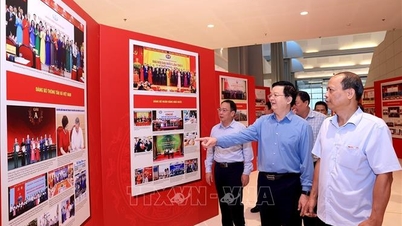



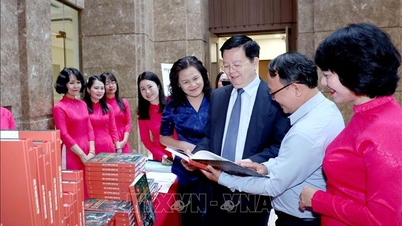
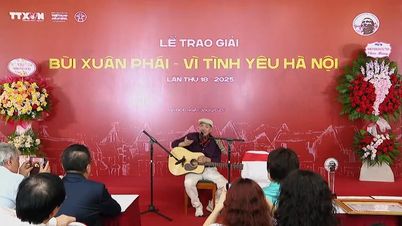
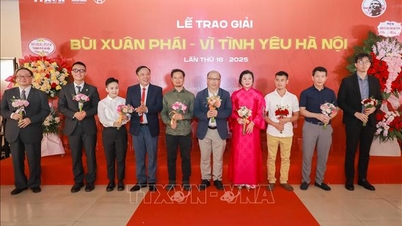


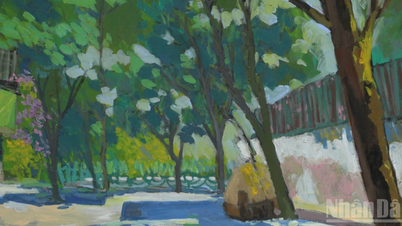
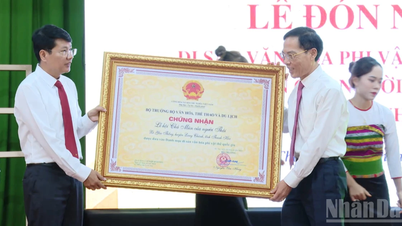
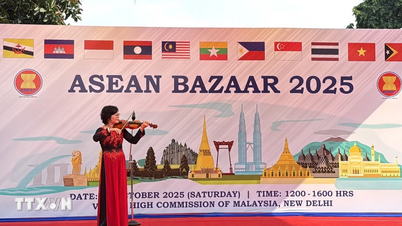
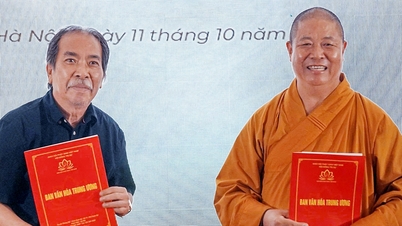







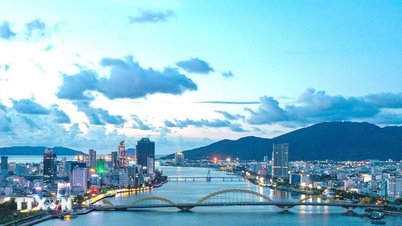
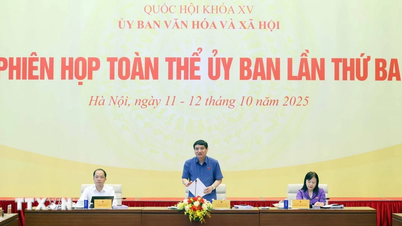
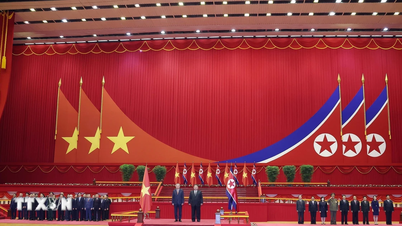
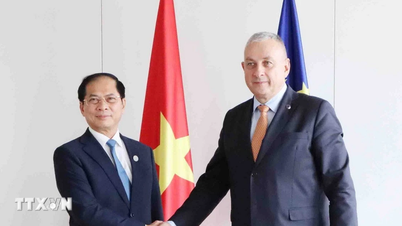
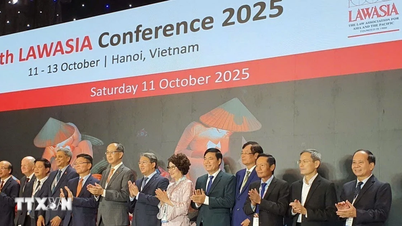
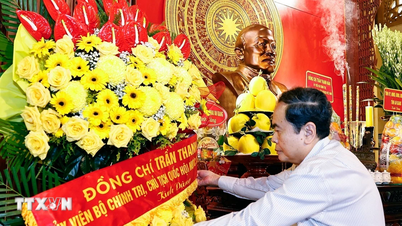
![[Photo] Ho Chi Minh City is brilliant with flags and flowers on the eve of the 1st Party Congress, term 2025-2030](https://vphoto.vietnam.vn/thumb/1200x675/vietnam/resource/IMAGE/2025/10/10/1760102923219_ndo_br_thiet-ke-chua-co-ten-43-png.webp)






























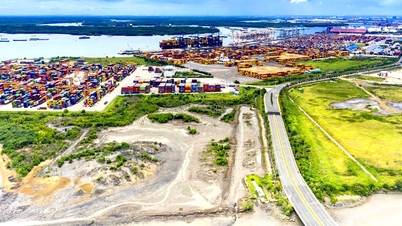
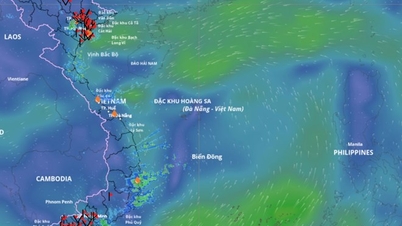


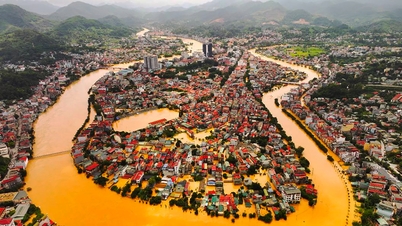

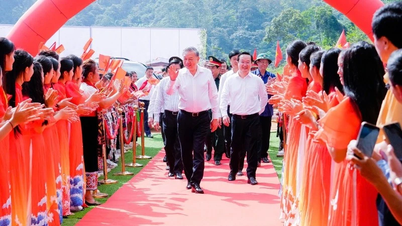



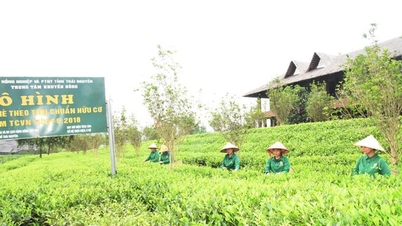
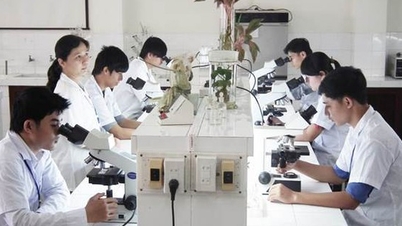



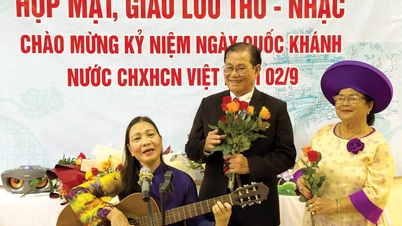


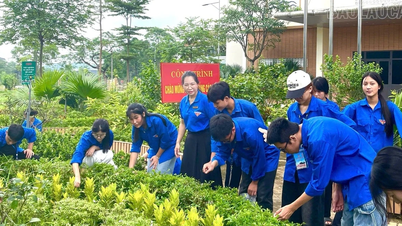
















Comment (0)